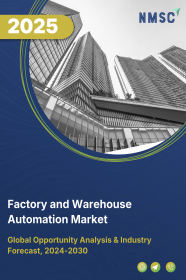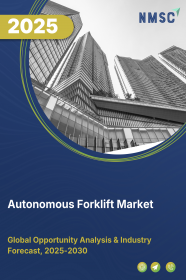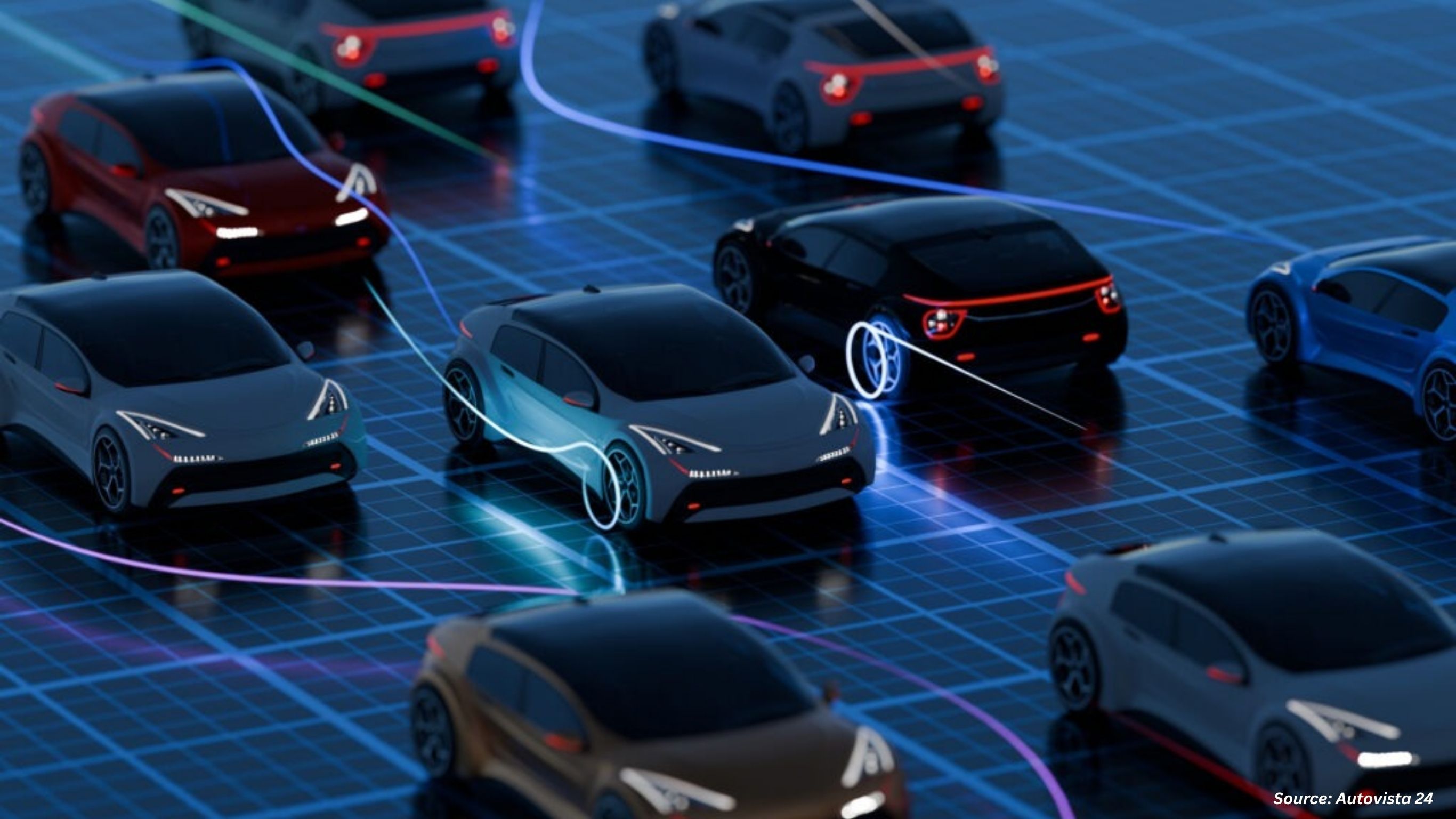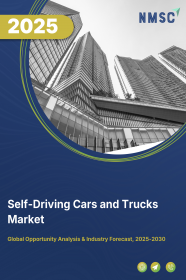
Self-Driving Cars and Trucks Market by Component (Light Detection and Ranging (LiDAR) Sensor, Ultrasound Sensor, Central Computing System, and Others), by Level of Automation (Level 1, Level 2, and others), by Propulsion (Semi-autonomous and Fully Autonomous), by Vehicle Type (Self Driving Cars and Self Driving Trucks), and by End-Users (Personal, Commercial, and Industrial (Warehousing & Manufacturing, and Others)) – Global Opportunity Analysis and Industry Forecast 2025-2030
Self-Driving Cars and Trucks Market Overview
The global Self-Driving Cars and Trucks Market volume was valued at 183.63 thousand units in 2024, and is projected to reach 1963.01 thousand units by 2030, with a CAGR of 48.4% from 2025-2030.
The factors such as increase in number of road accidents, growth of e-commerce purchase and government funding drives the market growth. However, the high cost of these autonomous vehicles restrains the market growth. On the contrary, the implementation of AI and ML technologies offers promising future opportunities to reduce human errors during driving, that in return aids in minimising road crashes.
In addition, the top players in this industry, including Tesla, General Motors and others, are taking multiple initiatives, such as partnerships and product launch, to strengthen their position in the market as well as offer an expanded portfolio of products. Such initiatives serve to fuel innovation and acceptance within the ecosystem for autonomous vehicles. AI/ML is going to be used for developing more intelligent and secured autonomous vehicles. And, therefore, with maturation in the market, demand for the self-driving cars and truck market will increase gradually.
Rising Road Accidents Propel Demand for Autonomous Vehicles
The rise of road accidents propels the demand of self-driving car and truck market, as these vehicles make roads secure by minimizing errors caused by man. According to the reports coming of the United States Centres for Disease Control and Prevention 2024, on an average per year, nearly 1.19 million of people die within road crashes during 2023, accounted for the majority of deaths with the age-group of 5-29. The growing need in reducing road accidents is significantly boosting the self-driving car and truck market.
E-commerce Boom Driving Growth in Self-Driving Vehicles
The growing popularity of e-commerce is accelerating the self-driving cars and trucks market demand for autonomous trucks to make deliveries more efficient to lower the cost of delivering and fulfil increased consumer needs. Optimizing logistics through faster, safer, and cost-efficient transportation solutions accelerates demand for self-driving vehicles.
According to reports by International Trade Administration,2024, the steady rise of global B2B e-commerce, reached USD 36 trillion by 2026, is fuelling demand for self-driving vehicles to enhance logistics efficiency. Faster, cost-effective, and scalable transportation solutions for industries namely manufacturing, healthcare, and professional services support the growing e-commerce supply chain with increasing demand for autonomous truck and delivery fleets.
Government Funding Accelerates Self-Driving Vehicle Innovation
Surge in investment by governments in the self-driving cars and trucks market is supporting their growth with investments, construction of roads for proper passage, and formulations of rules to ensure safety. For instance, the U.S. Department of Transportation announced an investment of USD 100 million in 2023 to support autonomous vehicle research, focusing on infrastructure improvements, regulatory frameworks, and public safety measures.
Additionally, a report by the UK’s Centre for Connected and Autonomous Vehicles (CCAV) stated that the government committed over USD 130 million to support autonomous vehicle trials and infrastructure development. Such funding speeds up the development and innovation into autonomous vehicles, ultimately propelling market growth.
High Cost of Autonomous Vehicles Hindering Market Growth
The high cost of developing and manufacturing autonomous vehicles is a major hurdle for the growth of self-driving car and truck market. The advanced technologies, sensors, and software required to make these vehicles safe and reliable come with significant expenses, making them unaffordable for many companies and consumers. This financial barrier slows down widespread adoption and delays the commercialization of self-driving vehicles.
Integration of AI and ML Create Future Opportunities
The inclusion of AI in driverless cars and trucks is expected to bring forth a world where human blunders, encompassing distraction and drunk driving are reduced to negligible levels. Unlike drivers, AI systems in autonomous vehicles make precise, quick decisions and regularly monitor roads to ensure safety. According to reports published by WHO, 2023, nearly 1.19 million individuals die each year due to injuries from road traffic crashes. The integration of AI in driverless vehicles helps in reducing mistakes that might make the roads unsafe, expected to create ample opportunities for the self-driving cars and trucks market growth.
Market Segmentations and Scope of the Study
The self-driving cars and trucks market report is segmented on the basis of component, level of automation, propulsion, vehicle type, end-users, and region. On the basis of component, the market is divided into light detection and ranging (lidar) sensor, ultrasound sensor, video cameras, central computing system, radar sensor, and GPS navigation system.
On the basis of the level of automation, the market is classified into level 1 (driver assistance), level 2 (partial automation), level 3 (conditional automation), level 4 (high automation), and level 5 (full automation). On the basis of propulsion, the market is classified into semi-autonomous and fully autonomous. On the basis of vehicle type, the market is divided into self-driving cars and self-driving trucks. Based on self-driving cars, the market is further sub-segmented into sedans, SUVs, and hatchbacks.
Based on self-driving trucks, the market is sub-divided into delivery trucks, semi-trucks, and heavy-duty trucks. On the basis of end users, the market is segmented into personal, commercial, and industrial. Further, on the basis of industrial, the market is sub-divided into mining & construction, warehousing & manufacturing, transportation & logistics, and others. Regional breakdown and analysis of each of the aforesaid segments include regions comprising of North America, Europe, Asia-Pacific, and RoW.
Geographical Analysis
North America dominates the self-driving cars and truck market and is expected to maintain this position during the forecast period. Investment of government on autonomous driving promotes self-driving cars and truck development in the region. The investment is done by financing research, regulation, and building infrastructure. According to reports published by the U.S. Department of Transportation, the U.S. government funded around USD 60 million federal grants for autonomous vehicle programs in 2024.
This funding strives to help public agencies collect data and learn how to incorporate AVs (Autonomous Vehicles) into the current transportation system safely. This is an example of the government's concern for making the transportation system safer and more accessible through AVs.
Additionally, rising temperature due to pollution in this region are pushing companies to develop more autonomous vehicles with electric and energy-efficient technologies to reduce carbon emission. These self-driving vehicles optimize fuel consumption and support sustainable mobility.
For instance, in July 2024, the heat wave in Canada intensified by climate change, saw temperature more than 10 degree higher than usual in 2024. This rise in temperature, driven by global warming and pollution addressed through the use of autonomous electric vehicles, helps to cut down on emissions. This highlighted the need for sustainable solutions, with self-driving cars offering a key strategy to reduce environmental impact and combat rising temperatures.
On the other hand, the Asia-Pacific market is anticipated to experience steady growth in the market, taking into consideration the rapidly growing autonomous vehicle manufacturing industries in this region. According to reports from Information Technology & Innovation Foundation, 2024 Chinese auto makers manufacture 62% of the world's EVs in 2022 and a great possibility exists of obtaining 33% of self-driving cars and trucks market share by 2030, Chinese car manufacturers around the globe caused an increment of EVs exports 851% from the years 2020-2023. Growing electric vehicles' production alongside their gigantic export leads to accelerate developing and deploying the automobile vehicle throughout the globe.
Furthermore, the increase in road accidents in the region also propelled the demand for self-driving cars and trucks as these vehicles minimize the human error rate and ensure safer roads. As per reports by PIB in 2023, there occurred 0.461 million reported cases of road accidents in India for the year 2022, causing a total of 0.168 million fatalities while 0.443 million persons were injured. More and more road accidents mark the need for autonomous vehicles that would enhance the safety quotient and minimize human errors.
Competitive Landscape
Various key players operating in the self-driving cars and trucks industry include Audi AG, BMW AG, Daimler AG, Ford Motor Company, General Motors Company, Waymo LLC., Honda Motor Co. Ltd., Nissan Motor Company, Tesla Inc., Toyota Motor Corporation, Einride, Volvo Car Corporation, Volkswagen AG, Auve Tech, Isuzu Motors Limited, and others. These companies are adopting various strategies such as product launch to remain dominant in the market.
For example, on January 2025, Tesla announced the new version of Model Y to be scheduled for release in the U.S., Canada, and Mexico by March 2025. The "Launch Series" special edition comes standard with a 320-mile range battery and also gets an advanced driver assistance technology package that means it is a full self-driving supervised car.
Key Benefits
-
The report provides quantitative analysis and estimations of the self-driving cars and trucks market from 2025 to 2030, which assists in identifying the prevailing market opportunities.
-
The study comprises a deep-dive analysis of the current and future self-driving cars and trucks market trends to depict prevalent investment pockets in the industry.
-
Information related to key drivers, restraints, and opportunities and their impact on the self-driving cars and trucks market is provided in the report.
-
Competitive analysis of the players, along with their market share is provided in the report.
-
SWOT analysis and Porters Five Forces model is elaborated in the study.
-
Value chain analysis in the market study provides a clear picture of roles of stakeholders.
Self-Driving Cars and Trucks Market Key Segments
By Component
-
Light Detection and Ranging (LiDAR) Sensor
-
Ultrasound Sensor
-
Video Cameras
-
Central Computing System
-
Radar Sensor
-
GPS Navigation System
By Level of Automation
-
Level 1 (Driver Assistance)
-
Level 2 (Partial Automation)
-
Level 3 (Conditional Automation)
-
Level 4 (High Automation)
-
Level 5 (Full Automation)
By Propulsion
-
Semi-autonomous
-
Fully Autonomous
By Vehicle Type
-
Self-driving Cars
-
Sedans
-
SUVs
-
Hatchbacks
-
-
Self-driving Trucks
-
Delivery Trucks
-
Semi-Trucks
-
Heavy-Duty Trucks
-
By End-Users
-
Personal
-
Commercial
-
Industrial
-
Mining & Construction
-
Warehousing & Manufacturing
-
Transportation & Logistics
-
Others
-
By Region
-
North America
-
The U.S.
-
Canada
-
Mexico
-
-
Europe
-
The UK
-
Germany
-
France
-
Italy
-
Spain
-
Denmark
-
Netherlands
-
Finland
-
Sweden
-
Norway
-
Russia
-
Rest of Europe
-
-
Asia-Pacific
-
China
-
Japan
-
India
-
South Korea
-
Australia
-
Indonesia
-
Singapore
-
Taiwan
-
Thailand
-
Rest of Asia Pacific
-
-
RoW
-
Latin America
-
Middle East
-
Africa
-
Key Players
-
Audi AG
-
BMW AG
-
Daimler AG
-
Ford Motor Company
-
General Motors Company
-
Waymo LLC.
-
Honda Motor Co. Ltd
-
Nissan Motor Company
-
Tesla Inc
-
Toyota Motor Corporation
-
Einride
-
Volvo Car Corporation
-
Volkswagen AG
-
Auve Tech
-
Isuzu Motors Limited
REPORT SCOPE AND SEGMENTATION:
|
Parameters |
Details |
|
Market Volume in 2024 |
183.63 Thousand Units |
|
Unit Forecast in 2030 |
1963.01 Thousand Units |
|
Volume Growth Rate |
CAGR of 48.4% 2025 to 2030 |
|
Analysis Period |
2024–2030 |
|
Base Year Considered |
2024 |
|
Forecast Period |
2025–2030 |
|
Market Size Estimation |
Thousand Units |
|
Growth Factors |
|
|
Countries Covered |
28 |
|
Companies Profiled |
15 |
|
Market Share |
Available for 10 companies |
|
Customization Scope |
Free customization (equivalent to up to 80 working hours of analysts) after purchase. Addition or alteration to country, regional, and segment scope. |
|
Pricing and Purchase Options |
Avail customized purchase options to meet your exact research needs. |





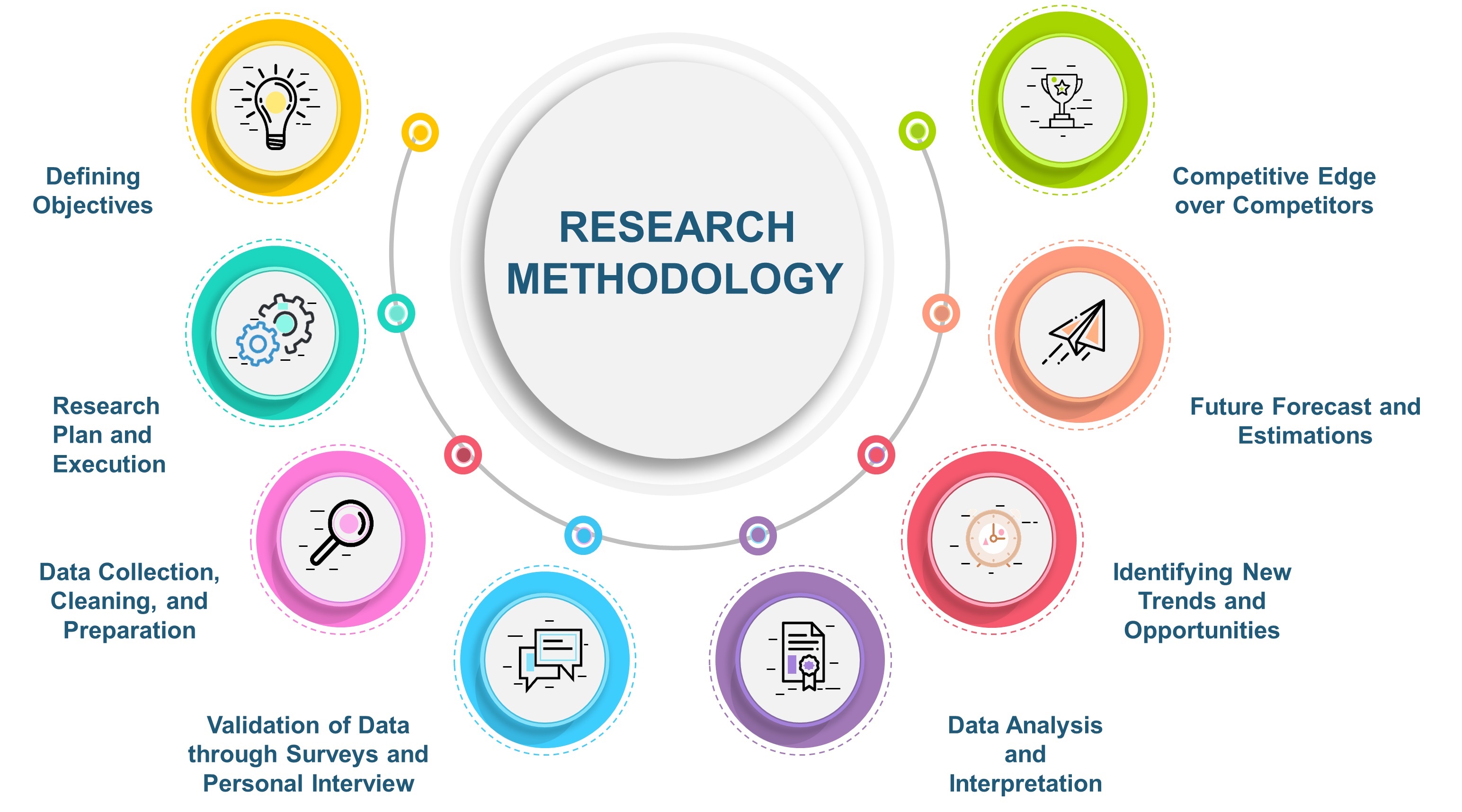
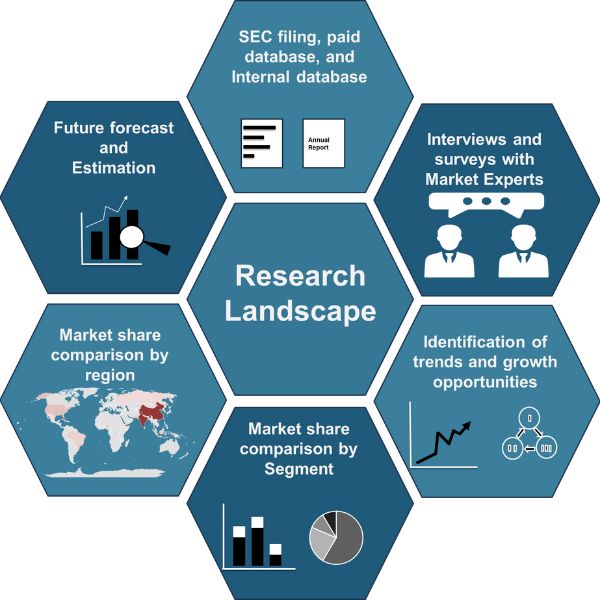
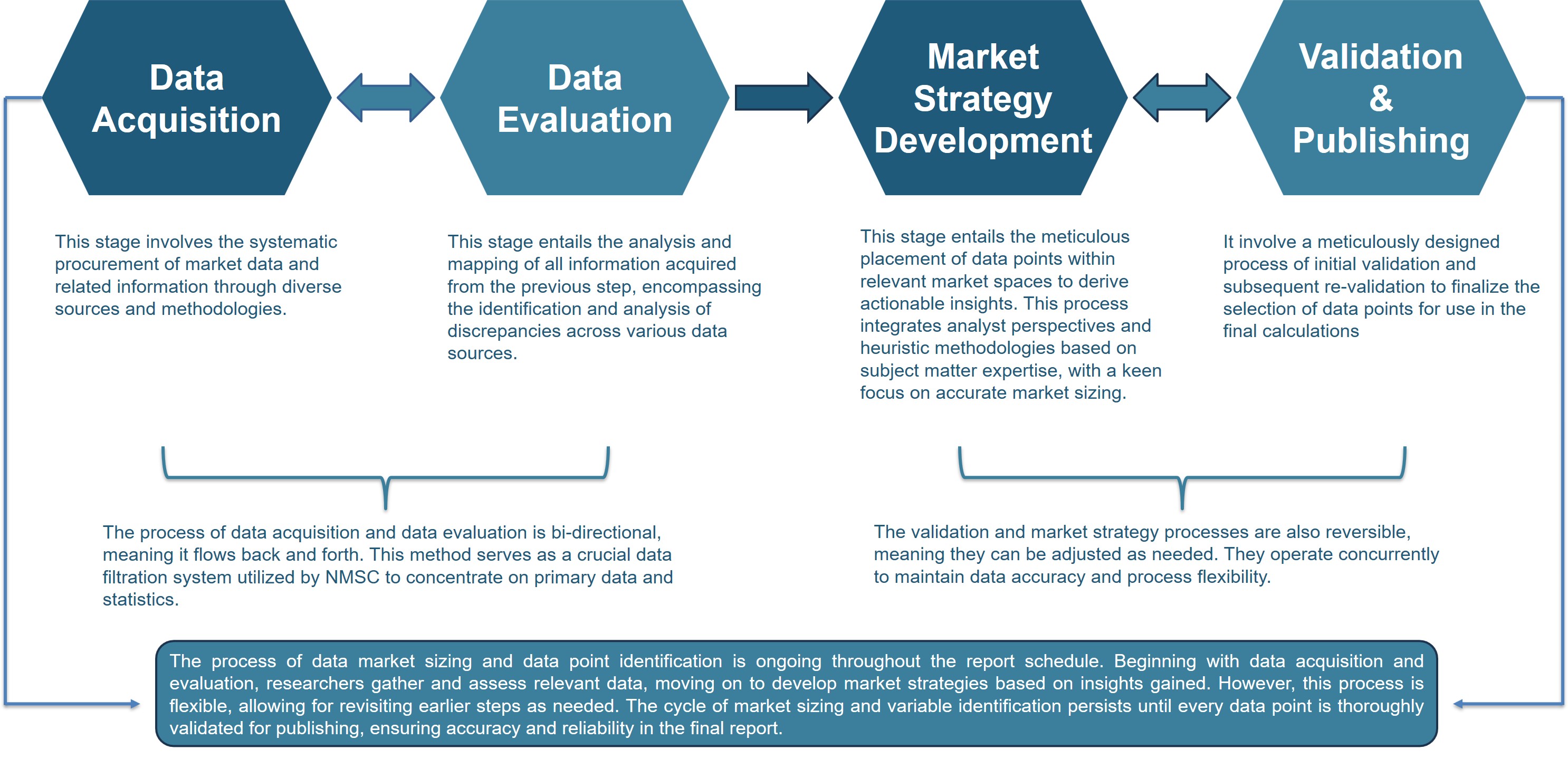
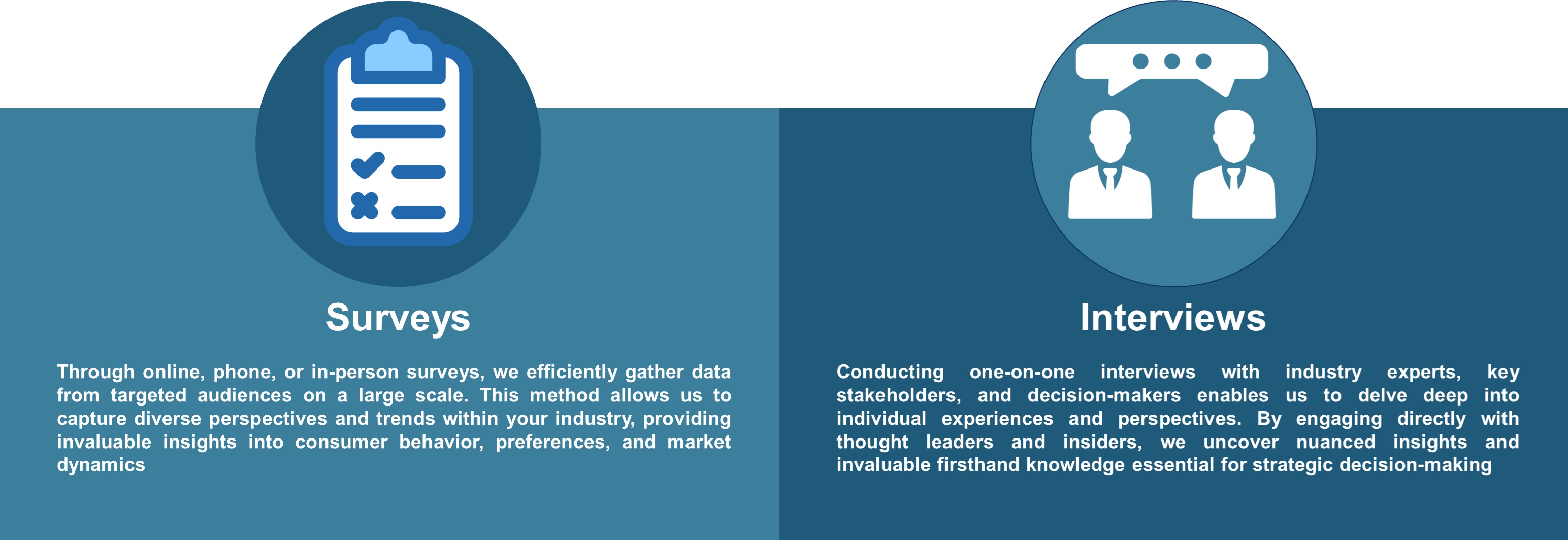


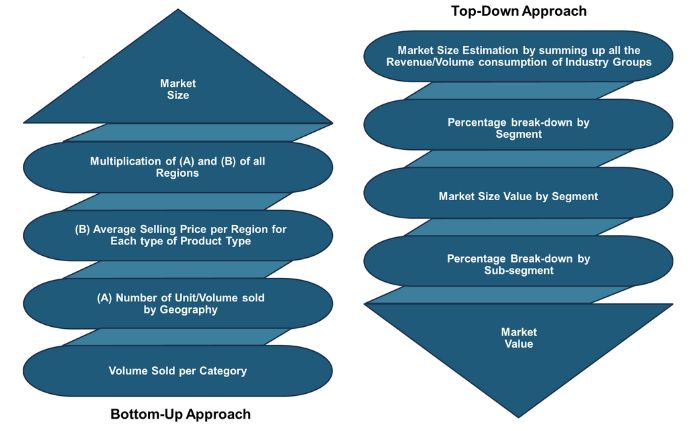
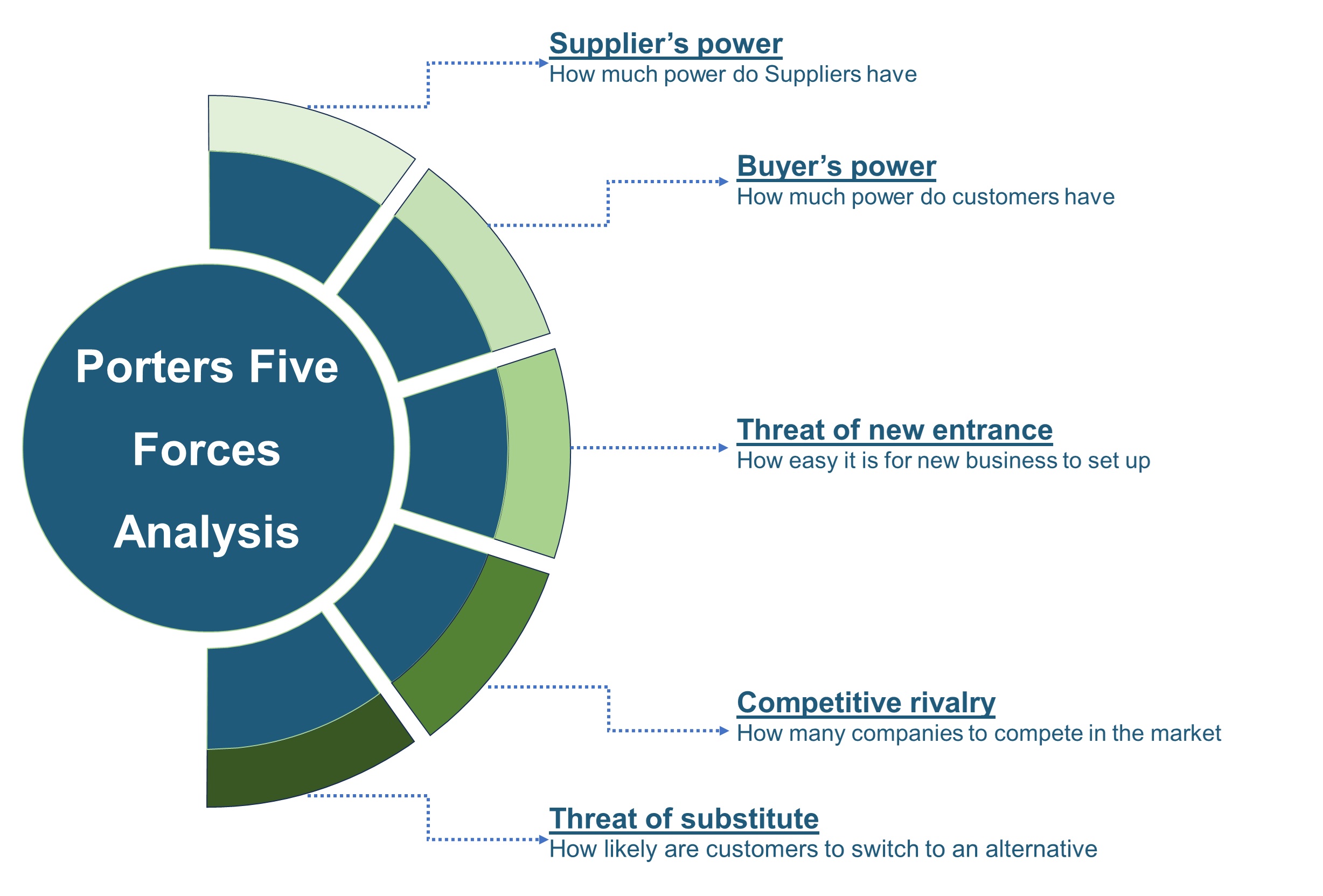







 Speak to Our Analyst
Speak to Our Analyst



